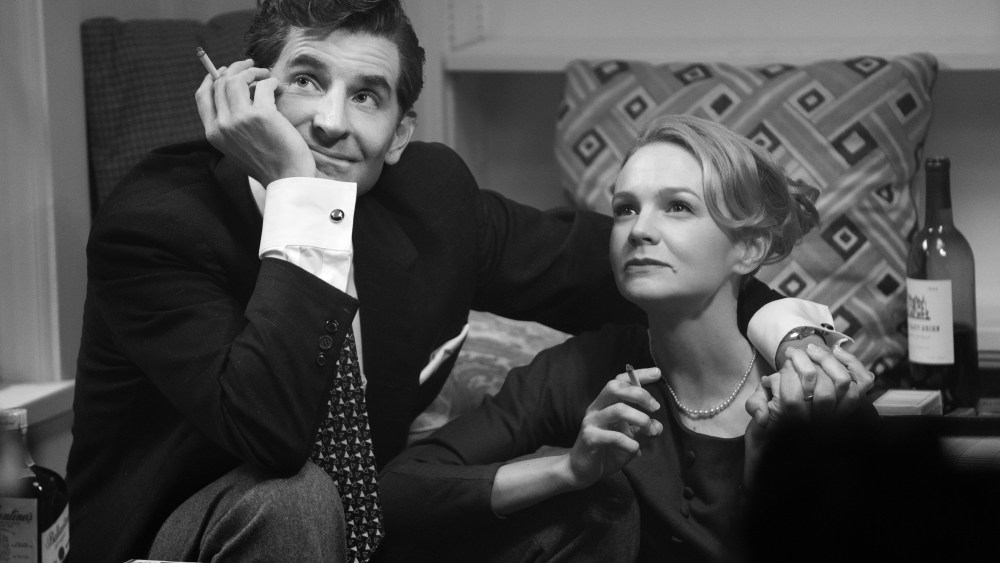The Hollywood biographical drama — or biopic, to use the word that always makes it sound like a dental instrument — is enjoying its mega-moment. “Oppenheimer,” Christopher Nolan’s three-hour epic about the father of the atomic bomb, proved that a story-of-a-life movie could be as big and coruscating as the cosmos; not so incidentally, it’s garnered Nolan the most ecstatic reviews of his career. Sofia Coppola’s “Priscilla” has also won audiences and acclaim. In telling the story of Priscilla Presley, who met Elvis when she was 14 and spent six years married to a slowly dissolving mirage, the film takes us through the looking glass of pop-music fame. In Bradley Cooper’s “Maestro,” the lives of Leonard Bernstein and his wife, Felicia Montealegre, become a rapturous study in love, sexuality, bigotry, creativity and the mysteries of marriage. And “Ferrari,” Michael Mann’s upcoming drama about the Italian automaker, is a film accomplished enough to feel like “Grand Prix” crossed with “The Godfather.”
All these movies are awards contenders, and each of them, in a different way, is enthralling. What they add up to is the glorious resurgence of a form that never went away but is reaching a new peak of influence. Yet you might well ask: Why the biopic, and why now?
It’s worth noting that the biopic was once a cheesy, second-rate form. Back in the studio-system era, when Hollywood made movies like “Freud” (Montgomery Clift as the father of psychoanalysis), “Lust for Life” (Kirk Douglas as Vincent van Gogh) and “Man of a Thousand Faces” (James Cagney as Lon Chaney), the biopic had a built-in melodramatic kitsch factor; that’s why, for a while, it became the province of bad TV movies. The whole notion of trying to cram a famous life into two hours, the high and low points threaded together with operatic flamboyance, just emphasized that you were getting a high-gloss Hollywood whitewash. So did the way the dark sides of these characters were mostly scrubbed away.
Movies loosened up, of course, and there were a few decent biopics in the ’70s and ’80s (like “Coal Miner’s Daughter,” “Gandhi,” and “Sweet Dreams”). But the moment that truly liberated the form didn’t arrive until the mid-2000s, when a biopic revolution was led by two interlocking trends.
In 2004, the jumpin’ and impassioned “Ray” and the bold and brilliant “Kinsey” proved, once and for all, that biopics were infinitely better when they laid bare their heroes’ flaws, giving them the full warts-and-all treatment. Then, in 2005, “Capote” took off from a simple and ingenious idea: that the best way to tell the story of someone’s life was not to tell their whole life story. It was to zero in on a chapter, an episode, an essential piece of that life. (To be fair, the first film to do that may have been “Young Mr. Lincoln,” way back in 1939. But that was a total anomaly.) Freed from the burden of encyclopedic chronology, you could portray what was happening with the detail and the close-up psychological nuance it deserved.
The new school of biopic, less sprawling and more exploratory, was represented by films like “Milk,” “Lincoln” and “Love & Mercy.” And it’s because of this very quality that the heady quartet of 2023 biographical dramas are all so indelible. They limit themselves in scope to be epic in impact.
Formal issues aside, the power of the new biopics has as much to do with how our omnivorous celebrity culture has moved beyond gossip to become its own mythology. Where we once looked to fictional characters to reflect us, we now look, increasingly, at the stars of history to become the figments of our inner lives. We believe in them because we know they’re genuine, even as the movies transform them into characters. If the biopic is now back with a vengeance, that’s because it makes the cinema pulsate with something that has been in such short supply: the heartbeat of reality.
Love Film & TV?
Get your daily dose of everything happening in music, film and TV in Australia and abroad.
From Variety US































